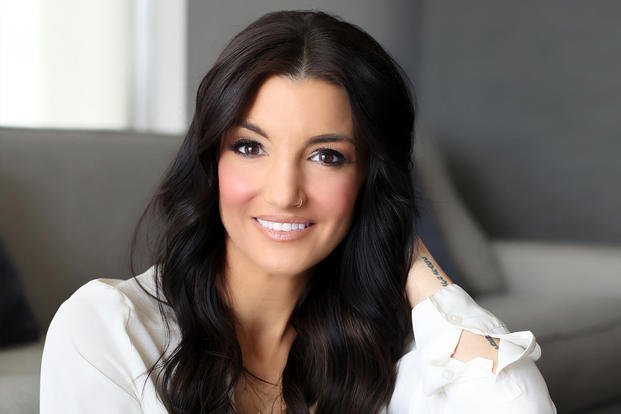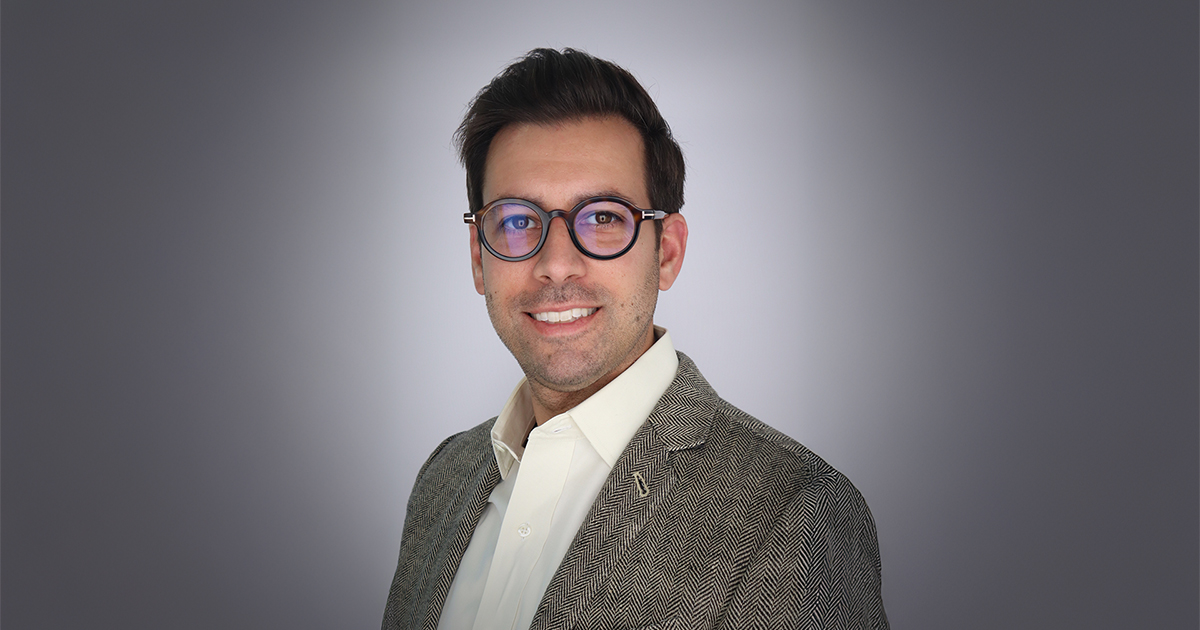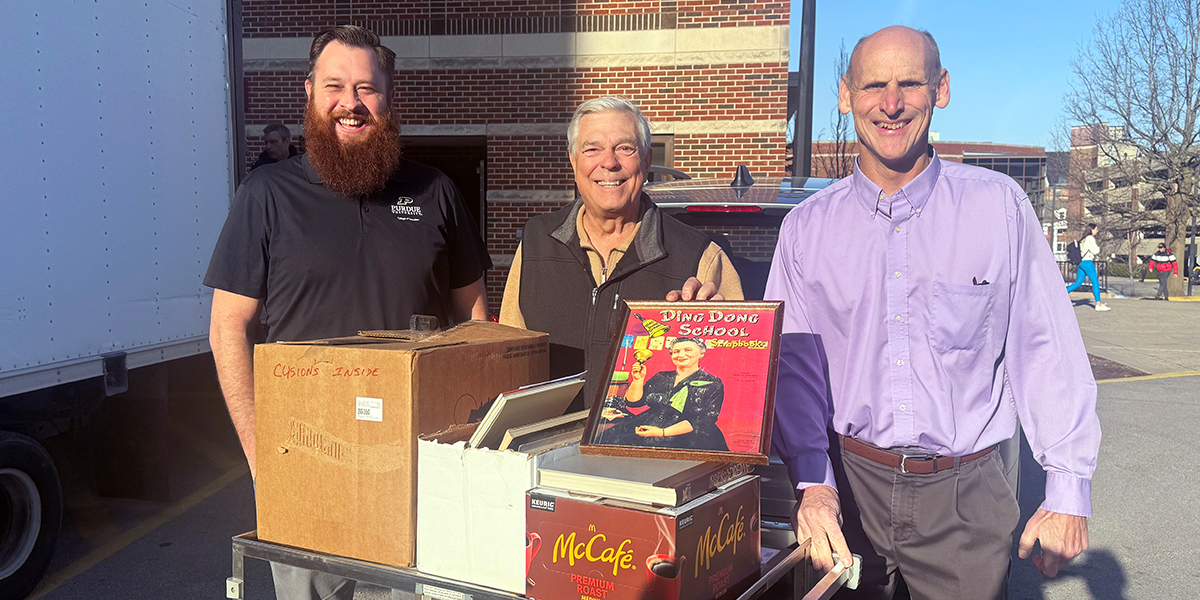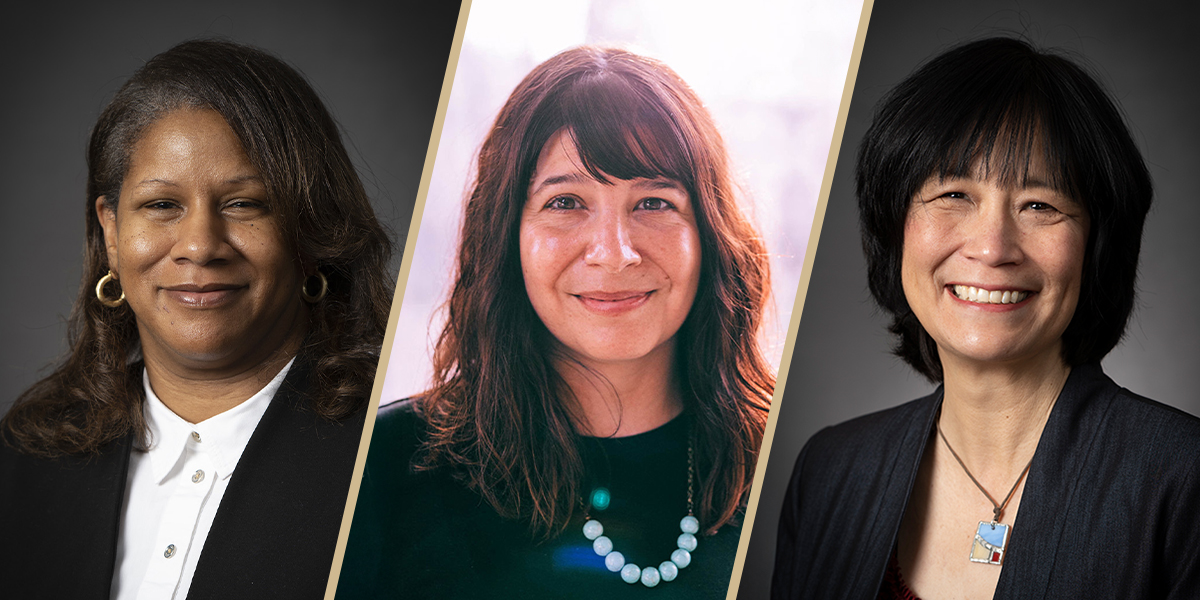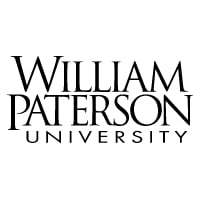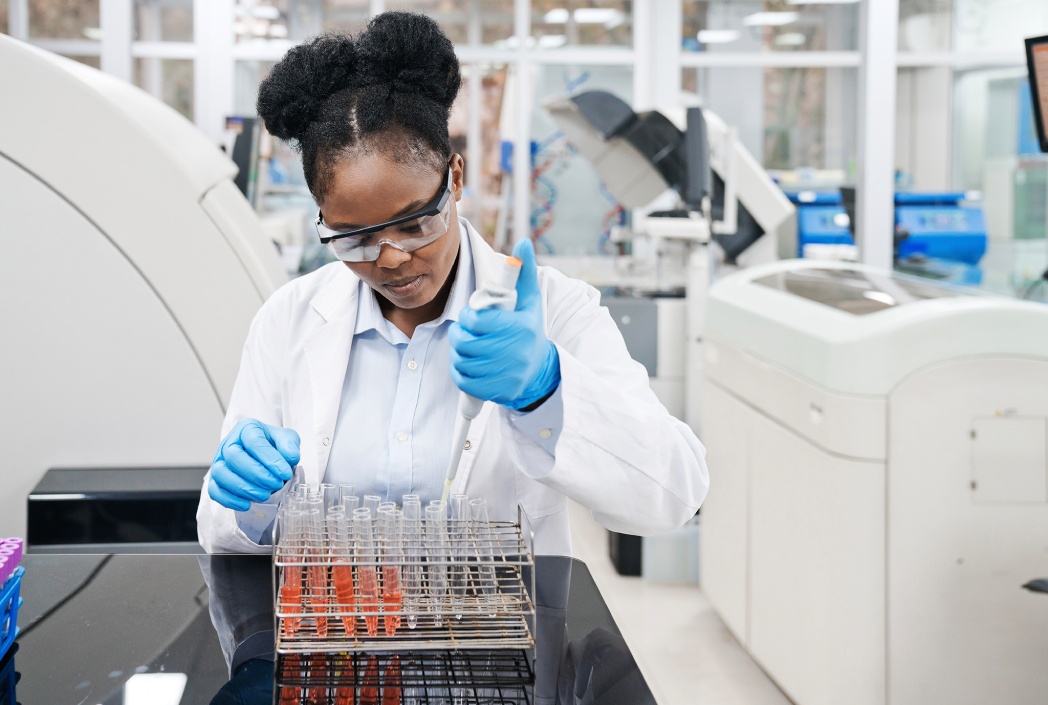Oregon State’s AI chatbot to diagnose rare diseases
4 minute readEditor’s note: This article was originally published by Oregon State University’s College of Engineering on Feb. 24, 2025. Frank Hodges earned his OSU computer science degree online. Now he’s pursuing a Ph.D. and helping to develop an AI chatbot that aims to revolutionize health care To speed up diagnosis of rare diseases and expedite access to ... Oregon State’s AI chatbot to diagnose rare diseases

Frank Hodges earned his OSU computer science degree online. Now he’s pursuing a Ph.D. and helping to develop an AI chatbot that aims to revolutionize health care
To speed up diagnosis of rare diseases and expedite access to treatment, a team of Oregon State University students and faculty, and a rare disease expert at the Institute for Systems Biology in Seattle, have created a chatbot for medical professionals. Instead of spending hours poring over journal articles, doctors can ask the chatbot to provide a succinct answer backed up by verified sources.
It sounds like an oxymoron, but rare diseases are relatively common. That statement makes more sense when you consider that there are approximately 10,000 rare diseases worldwide. Although each disease affects fewer than one in 2,000 people, collectively, 25-30 million people in the U.S. have a rare condition according to the National Institutes of Health. Many spend years seeking help from various medical providers, and their health care costs are three to five times greater than those of people without a rare disease.
“The difficulty with rare disease diagnosis is the information is not curated, making it challenging to access,” said Frank Hodges, a graduate student in artificial intelligence who is leading the team developing the chatbot. “Radiant bridges that information gap. So, if a doctor has a question about a rare disease, they can just pose the question to Radiant.”
Radiant leverages a large language model to summarize the biomedical literature that the team has curated. It also uses a retrieval-augmented generation system to access the information.
“It’s like an open-book test for the chatbot,” Hodges said.
Spinning up a spinoff company
Radiant has already gained recognition and support. At the Rare Disease AI Hackathon hosted by Stanford University in June 2024, the team was selected to present their project at the GitHub headquarters in San Francisco to a notable audience including Greg Brockman, co-founder and president of Open AI. They were awarded $12,000 in computing credits for Amazon Web Services.
The team also earned a $15,000 grant as part of Oregon State’s Advantage Accelerator program that helps entrepreneurs develop new products. The award included an additional $5,000 in AWS computing credits, and membership in the AWS Founders Network that offers mentoring for startups.
In January, the team launched the first version of the software at radiant.rtx.ai, which is free for anyone to use. The partnership with AWS made a huge difference for speeding up the development process. Instead of hosting an open-source model themselves, Radiant uses AWS Bedrock, an API-based large language model interface.

Frank Hodges (far right) listens while discussing health care applications of artificial intelligence with two fellow OSU College of Engineering graduate students, Sangam Man Buddhacharya (middle) and Sri Sai Sundareswar Pullela.
Just the facts, AI
Accurate information is important in any area where AI is used, but it’s critical for health care situations. With that in mind, the team strives to prevent their AI chatbot from hallucinating. That’s why it was important that the chatbot’s answers include source citations, allowing users to dig deeper into a specific article.
To make decisions on what sources Radiant will draw from, the team assembled an advisory board that meets periodically to assess progress. The group includes academic researchers and geneticists and will ultimately include rare disease providers and patients.
“What’s most exciting to me is knowing that we have the ability to help someone … improve health care for their patients.” — Frank Hodges
Generally, the sources are peer-reviewed articles that have been cited by several authors. But the team is also looking for ways to include information from clinical trials that have not yet been reported in peer-reviewed literature.
“We want to include groundbreaking real-time information,” Hodges said. “So, we’re developing a relevancy ranking mechanism that takes in information, like the source, author, title, and publication date, and gives us a classification we can use to decide if it should be included.”
Radiant’s collaborative focus
The team is actively looking to expand their network of contributors, recognizing that collaboration is key to their success.
“Yes, we’re building a giant and very complex computer program, but it is a lot more than that,” said Stephen Ramsey, an associate professor of computer science. “Without a transdisciplinary effort, we can’t even properly scope the requirements for the computer program.”
The team itself represents diverse perspectives and backgrounds. Hodges served in the Army, earned a degree in biology, was a contractor for disaster-response, and earned a postbaccalaureate degree in computer science online through Oregon State Ecampus before becoming a graduate student. Three other team members are Ecampus students with varied backgrounds including genetics, machine-learning, and artificial intelligence.
The broader the viewpoints the better, according to Hodges.
“Anyone can be a collaborator,” he said. “Are you passionate about increasing equity in health care? Are you passionate about how AI can revolutionize health care? If the answer is ‘yes’ to either of those questions, then we want to collaborate with you.”
Visualizing future impacts of AI in health care
Hodges likes to imagine one of Radiant’s future users as a rural general-practice doctor in the middle of Kansas who has a rare disease patient.
“What’s most exciting to me is knowing that we have the ability to help someone like that improve health care for their patients,” he said.
Radiant is just one of the projects where Ramsey is contributing to health care. He is a collaborator on a project to improve epilepsy care using an AI-assisted monitoring system. He is also a lead researcher on a program to develop a biomedical data translator supported by the National Institutes of Health.
“In the long term, I’m convinced that AI will have a profound impact on health care,” Ramsey said. “It will help us to individualize treatment, accelerate diagnosis, and make diagnosis more accurate and precise. It will also enable us to more rapidly discover and test out new therapeutic approaches.”
If you are interested in becoming a collaborator, contact the team at [email protected].
What's Your Reaction?










